HITCHES
Did you know that
trailer hitches are classified in numerical order which indicates its size?
NOTE: The vehicle the hitch is installed on ALWAYS determines the maximum towing capacity.
Having the right hitch provides a safe connection
between your trailer and the vehicle.
Class I
for smaller vehicles
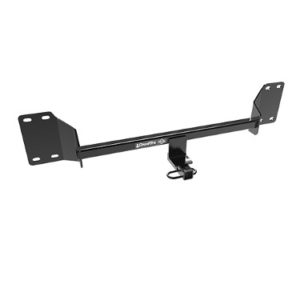 Class I
Class I
- up to 2,000# towing and 200# tongue weight capacities
- a 1 ¼” square opening
- light towing and/or bicycle racks
Class II
mid size vehicles
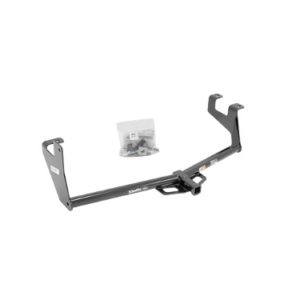 Class II
Class II
- up to 3500# towing and 350# tongue weight capacities
- 1 ¼” square opening
- medium towing, bicycle rack, cargo/luggage rack
Class III
most SUV's and larger vehicles
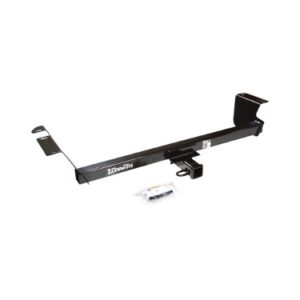 Class III
Class III
- towing capacities from 3500# – 6000#.
- towing uses (trailers – horse, boat, RV, tandem axle and single axle, bike and luggage racks)
- can be used with weight distribution equipment to increase weight capacity and to stabilize into single rig
Class IV & V
full size trucks (3/4 & 1 ton)
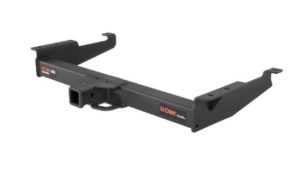 Class IV and V
Class IV and V
- towing capacities from 10,000 – 18,000#
- a 2”- 3” square opening
WEIGHT DISTRIBUTION
Weight distribution consists of components (an adjustable ball mount, torsion bars and brackets) being installed between your tow vehicle and trailer. They proportionately transfer the weight the trailer adds to the back of the vehicle forward to the front axle of the tow vehicle and back to the axles of the trailer creating a safer, balanced single rig.
Examples of weight distribution and a hitch.
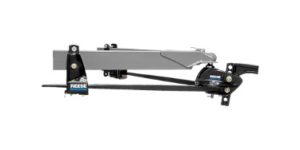
Draw-tite System
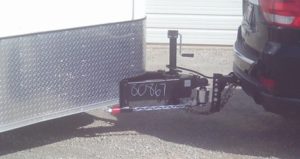
Weight Distribution System – Andersen
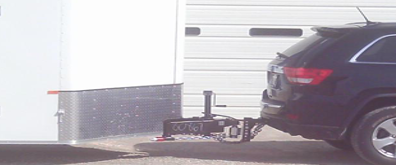
Weight Distribution System – Andersen




